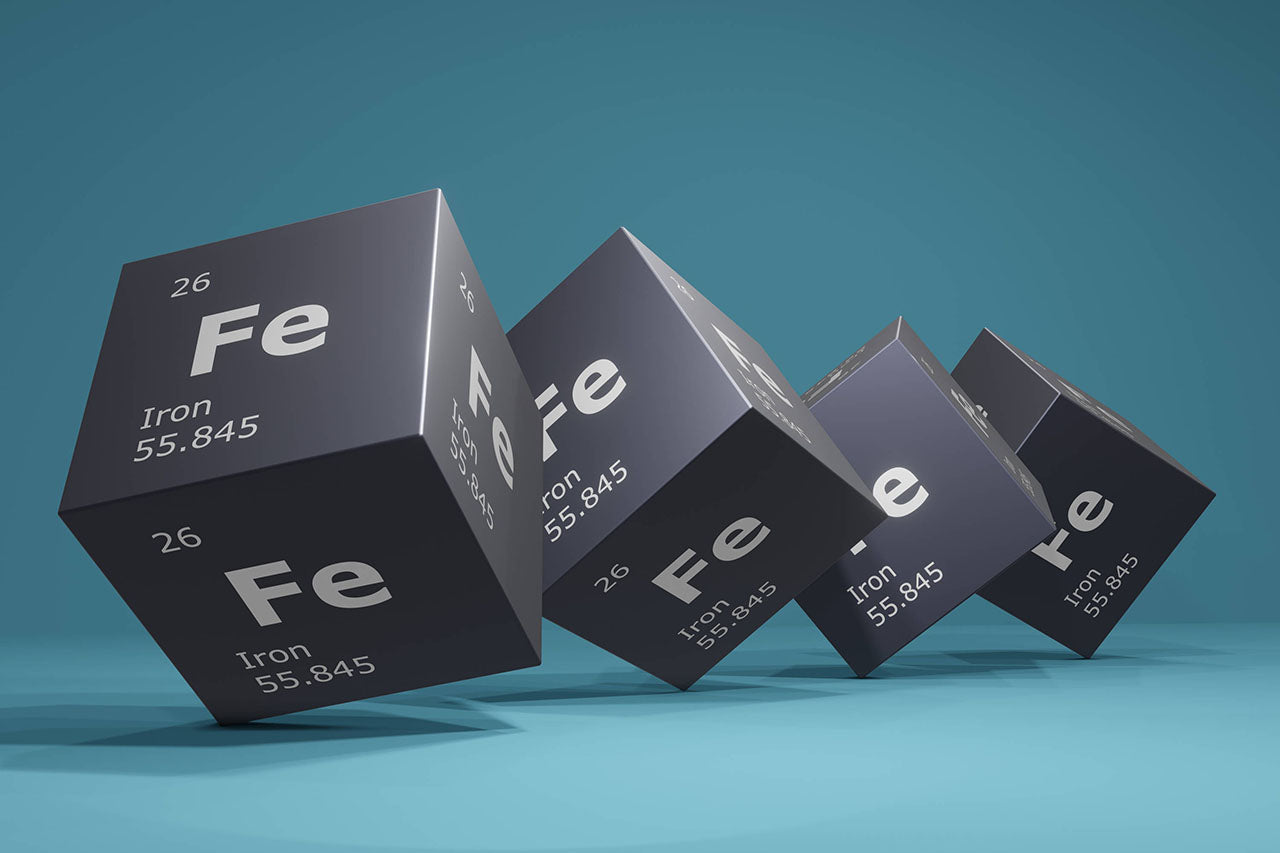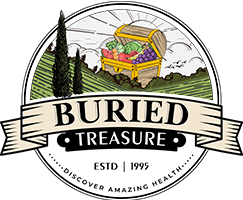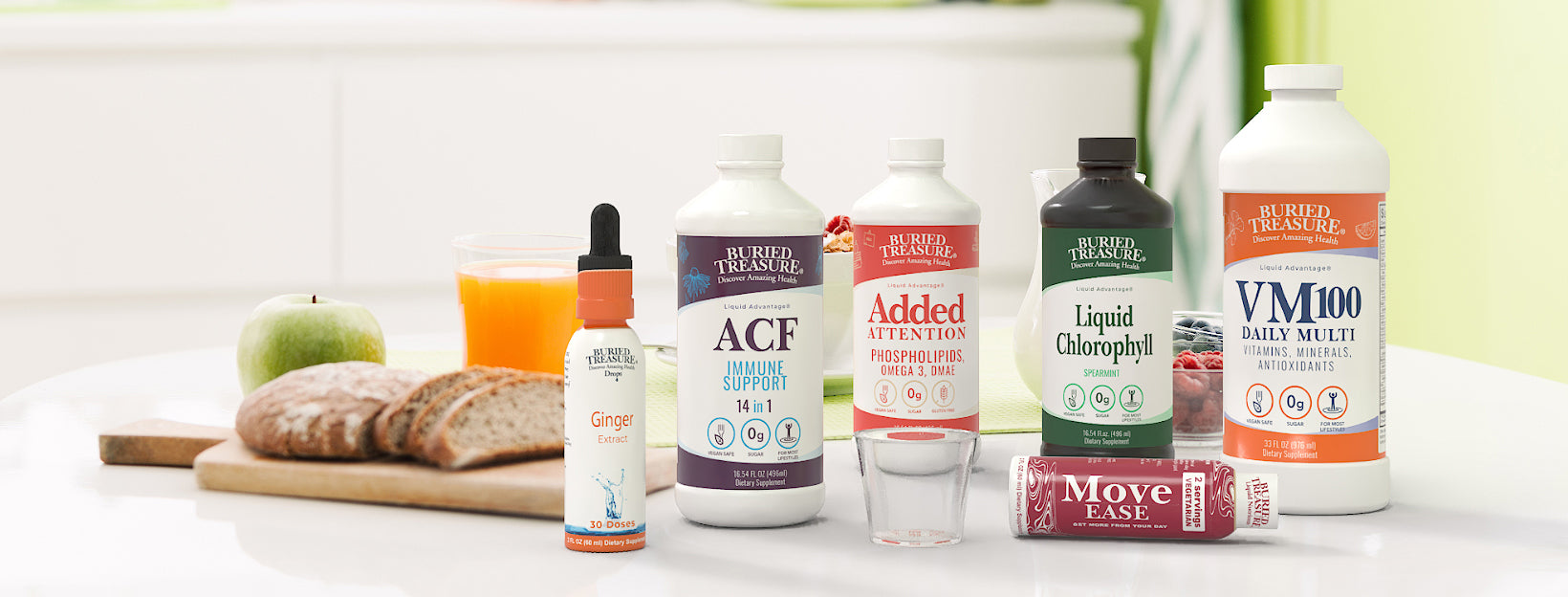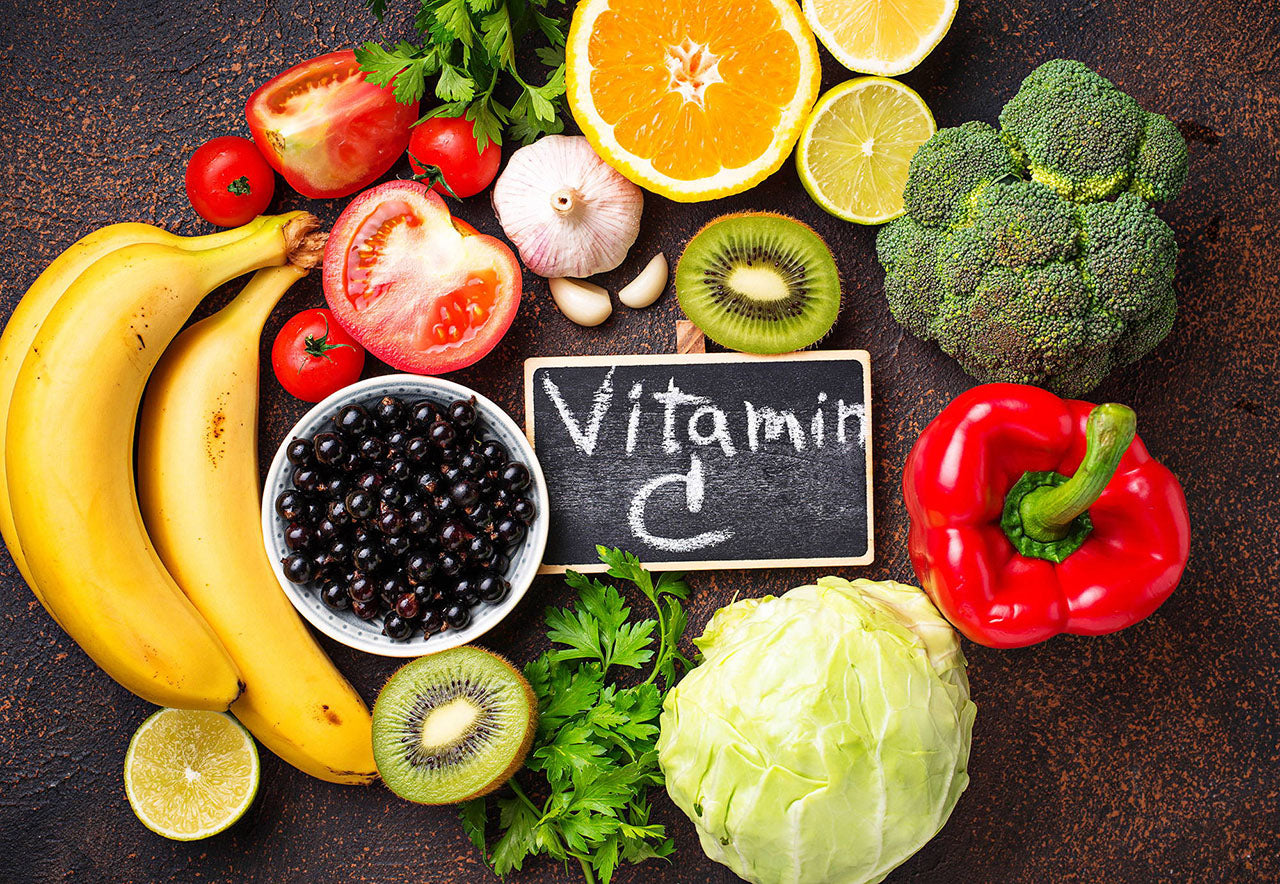Iron, a key mineral with essential functions, including to improve cognitive function

For Educational Purposes Only
Iron and Nutrient Synergy: Exploring the Role of Vitamin C, B Vitamins, and Traditional Botanicals in Iron Support
Iron is a necessary mineral found in every cell of the body. It supports cellular energy production and plays a key role in DNA synthesis. Iron is concentrated in hemoglobin, a protein in red blood cells that binds oxygen and helps transport it from the lungs to tissues throughout the body. When iron levels are inadequate, the body may struggle to maintain optimal oxygen transport, which can contribute to low energy.
The kidneys help regulate red blood cell production through a hormone called erythropoietin. When oxygen levels in the body decrease, the kidneys signal the bone marrow to produce more red blood cells. Iron is essential to this process because it supports the formation of hemoglobin, which enables red blood cells to carry oxygen efficiently.
Vitamin C plays a valuable role in supporting iron absorption. This is why foods rich in vitamin C are often paired with iron-containing foods for optimal benefit.
Who Needs Iron?
Both men and women require iron daily. Adult men typically need around 8 mg per day, while women—due to menstrual blood loss—require about 18 mg. During pregnancy, a woman’s iron needs increase to approximately 27 mg daily to support both maternal and fetal health.
Iron is also important during periods of growth and development, such as childhood and adolescence. Emerging research suggests that iron status may influence cognitive function. Older adults may face challenges maintaining adequate iron due to dietary insufficiencies or age-related changes in nutrient absorption.
While iron is critical for health, it is also important to avoid excessive intake. Iron overload can be harmful. Individuals with existing medical conditions or those taking supplements should consult a healthcare provider to determine their specific needs.
Signs to Discuss with a Healthcare Provider
Some individuals may experience occasional tiredness, reduced stamina, or changes in focus when iron levels are not optimal. However, these signs can have many causes unrelated to iron. Anyone experiencing persistent fatigue, unusual cravings, cold sensitivity, or changes in hair, skin, or nail health should speak with a qualified healthcare professional for evaluation and guidance.
Forms of Iron and Food Sources
There are two dietary forms of iron:
-
Heme iron, found in meat, poultry, and seafood
-
Non-heme iron, found in plant-based sources and iron-fortified foods
When a healthcare provider identifies low iron status through lab testing, they often recommend increasing intake of iron-rich foods alongside nutrients that help with iron absorption.
Good sources of dietary iron include:
-
Red meat, turkey, and shellfish
-
Dried fruits like apricots
-
Iron-rich vegetables such as spinach and pumpkin seeds
-
Legumes like lima beans, chickpeas, and red kidney beans
-
Whole grains such as quinoa and fortified wheat germ
Iron and Cognitive Health: What the Research Suggests
Iron contributes to oxygen delivery in the brain, which is essential for focus, memory, and mood. Several studies suggest that iron status may be associated with cognitive function across different life stages.
According to published research, iron availability has been linked to attention, sensory processing, and behavioral regulation. However, individual responses can vary, and more research is needed to fully understand the relationship between iron and cognitive performance.
What Supports Iron Absorption?
Vitamin C, or ascorbic acid, is a well-established nutrient that helps support the absorption of non-heme iron. It binds with iron in the digestive tract and helps maintain it in a form the body can more readily absorb.
Vitamin C–rich foods include:
-
Citrus fruits (oranges, lemons, grapefruit)
-
Bell peppers
-
Strawberries
-
Dark leafy greens (like kale and spinach)
Superfruits such as acai berry, camu camu, and acerola cherry are also potent sources of vitamin C.
Traditional Botanicals That Support Iron Intake
Several nutrient-dense botanicals and foods traditionally consumed in global cultures may help support iron levels as part of a balanced diet:
-
Amla (Indian gooseberry): Used in traditional Ayurvedic wellness routines and known as a natural source of vitamin C and antioxidants.
-
Baobab: A native tree of Africa and Australia, its pulp is a source of vitamin C, iron, and dietary fiber. Often added to smoothies or teas.
-
Nopal (prickly pear cactus): A staple in Mexican cuisine, it contains iron, fiber, and various micronutrients that support digestive health.
-
Fennel: A Mediterranean vegetable often sliced into salads and stews, fennel is a source of iron and has been used traditionally in cooking and herbal infusions.
Supporting Nutrients: B Vitamins and More
In addition to vitamin C, certain B vitamins also contribute to iron metabolism:
-
Vitamin B6 supports red blood cell production and helps facilitate the incorporation of iron into hemoglobin.
-
Riboflavin (Vitamin B2) may help enhance the transport and utilization of iron and zinc at the cellular level.
These nutrients are often found in leafy greens, legumes, fortified grains, and high-quality supplements.
A Word of Caution
If someone has been diagnosed with high iron levels, they may need to take steps to reduce iron intake or avoid enhanced absorption. Always consult a healthcare provider before making significant dietary changes, especially when dealing with abnormal blood test results or managing a medical condition.
Summary
Iron is a vital nutrient involved in energy production, red blood cell formation, and oxygen transport throughout the body. While meat provides readily absorbable heme iron, plant-based sources like spinach, baobab, nopal, and fennel contribute valuable non-heme iron alongside other health-supportive nutrients.
Pairing these foods with vitamin C–rich fruits and vegetables helps promote optimal iron absorption. Additionally, supportive nutrients like vitamin B6 and riboflavin play a role in helping your body effectively utilize the iron you consume.
Incorporating a variety of these foods into your diet is a gentle, natural way to help maintain healthy iron status—especially when guided by the advice of your healthcare provider.
Disclaimer
These statements have not been evaluated by the Food and Drug Administration. This content is for informational purposes only and is not intended to diagnose, treat, cure, or prevent any disease. Always consult your healthcare provider before beginning any dietary supplement or making major dietary changes, especially if you have a health condition or take medications.
References
Abdullah M, Jamil RT, Attia FN. Vitamin C (Ascorbic Acid). In: StatPearls [Internet]. Treasure Island (FL): StatPearls Publishing; 2022.
Agte VV, Paknikar KM, Chiplonkar SA. Effect of riboflavin supplementation on zinc and iron absorption and growth performance in mice. Biol Trace Elem Res. 1998;65(2):109-115.
Hurrell R, Egli I. Iron bioavailability and dietary reference values. Am J Clin Nutr. 2010;91(5):1461S-1467S.
Jáuregui-Lobera I. Iron deficiency and cognitive functions. Neuropsychiatr Dis Treat. 2014;10:2087-2095.



